| |
|
| |
| |
|
You might think that
painting a violin or a string instrument generally
concerns only aesthetics and conservation as well
as making it pleasant to touch and sight. All those
issues would be worked out by a good coat of "copal"
or a little more. It is so in most cases of wooden
handworks. On the other hand, if the artefact should
become, for instance, a valuable piece of furniture,
the cabinetmaker would keep busy to get nice color
effects and light reflections from the treated surfaces.
In case of a high quality violin making, the matter
gets a little more complicated because the artefact,
in addition to show the above mentioned features,
has to perform a much more difficult task: playing.
And it must do it very well.
In a string instrument, the vibrations originated
by the strings spread through the bridge across the
soundboard to the back through the sound post causing
a resonance within the sound box coming into the surroundings
through the typical f-shaped slots called "harmonic
holes". The technique and the kind of substances
used to paint the surfaces affect the way the wood
reacts to vibrations.
|
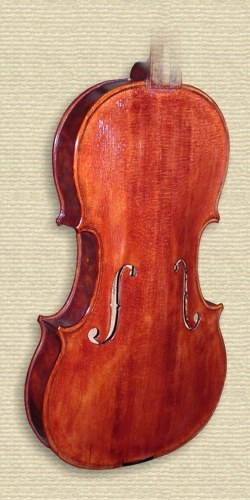 |
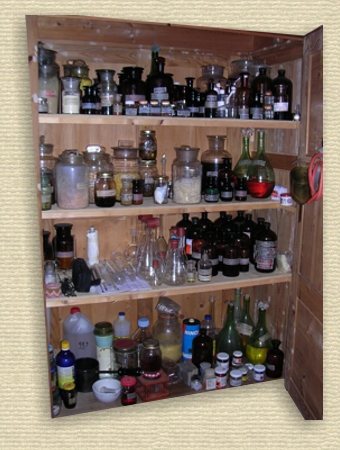 |
The
famous violins by Antonio Stradivari, legend has it,
hid their excellence just in the painting technique
but legends, you know, are destined to remain so.
Marco Cioni studied hard the books of the ancient masters
and experimented their painting techniques and preparation
of bases and pigments for years. His words reveal some
scepticism about secrets and legends. He declares:
"There is a lot of talk of Stradivari's paint and
secret but there are no secrets in violin making. The
result depends on the luthier's hands. It's only this,
along with the ability to comply with certain basic
parameters, that makes the difference".
Therefore a clear stance supported by Marco, as he points
out, by the fact that, if Stradivari had kept any secrets,
he would have certainly passed on two sons of his who
followed the art of violin making but who never reached
the ability of their illustrious father. Furthermore
it is known that in the early eighteenth century, in
Cremona, there was a workshop at least. All the luthiers
used to get there the same resins and pigments.
However, we can say that, besides a great experience
in dosages and application techniques, each artisan
eventually keeps his "secrets". |
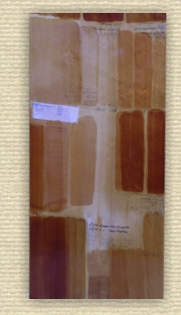 |
|
In violin making paints
mainly contain ethyl alcohol (spirits) in which particular
and precious natural resins are melted. They are also
called gum resins like Benzoe, Sandarac, Damar, Copal,
Mastic in Tears, together with some coloring agents,
such as the root of Turmeric, sandalwood and Caliatour.
Alternatively, some boiled linseed oil is used to
prepare the paint based on fossilized Amber, a substance
a little more difficult to treat than the gum resins.
However, just with the fossilized Amber from mine
or from the Baltic sea shore, Marco achieved his best
results. "It was no easy to find out the procedure
to get the paint of the ancient violin makers",
he says.
In fact the Amber, also called "succino"
or "succinite" because it contains succinic
acid, is the result of Copal fossilization, a resin
emitted by some conifers, which solidifies in the
course of 3 - 4 million years thus becoming very hard.
It can vary in color, from yellow to red, brown or
green and can be dissolved in chloroform, benzene
or other similar solvents. The latter ones, certainly
not available at the time of the ancient violin makers.
Then, how did they manage to use it ?
Marco says: "After a period of research I found
out that the only way to make the Amber malleable
they had at that time was to heat it to about 350
C° in iron containers called "flasks".
This process frees the succinic acid from inside and
the substance becomes doughy and soft".
However, before melting the Amber, it is necessary
to thoroughly wash it with sodium hydroxide, commonly
known as caustic soda, in order to remove impurities
from the surface. Then, meanwhile you proceed with
the Amber, it is also necessary to heat the boiled
linseed oil up to the same temperature of the resin.
Mixing the two ingredients, when the temperature begins
to drop, some turpentine must be added. This is when
you can choose to maintain the natural color of the
preparation or to get a more brownish paint. To do
so you need to treat turpentine in advance with the
dye it only accepts, that is, the "bitumen of
Judea".
Once cooled the mixture is not ready for use yet because
it shows some suspended impurities to be removed.
Some of these, being heavier, may settle in a short
time but the others, mainly slag, keep suspended so
that filtering is needed. In this regard let's go
back to Marco's notebook clicking the image on the
side.
"The first time I performed the procedure at
home", says Marco, "the smell of acid didn't
vanish for a week! Since I discovered the Amber, let’s
say, I mostly use the oil-base paint for my instruments
although, compared to alcohol-base paints, it needs
much longer time to dry. But the result is excellent
for both aesthetics and sound".
|
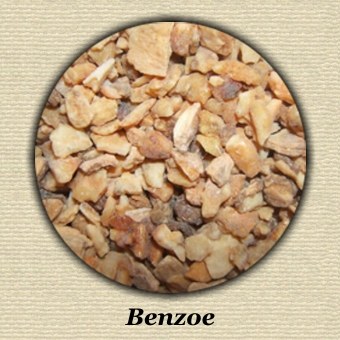 |
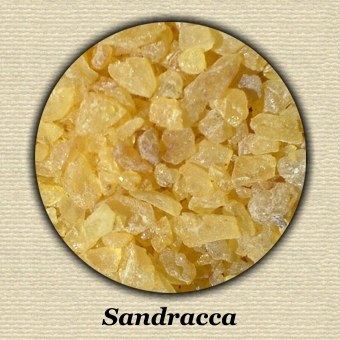 |
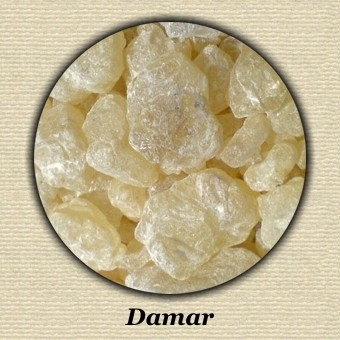 |
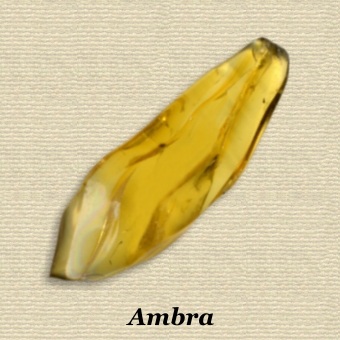 |
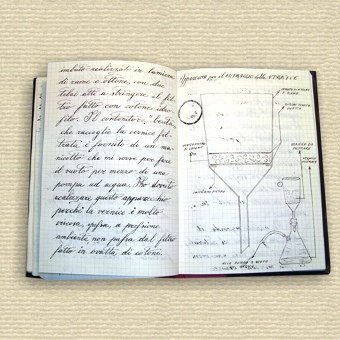 |
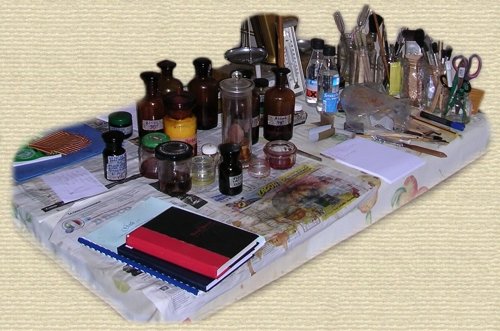 |
Finally look at the pictures below showing two painted
violins. One (on the left) with alcohol-base paint and
the other (on the right) with oil-base paint. |
|
|
 |
|
| |
|
|